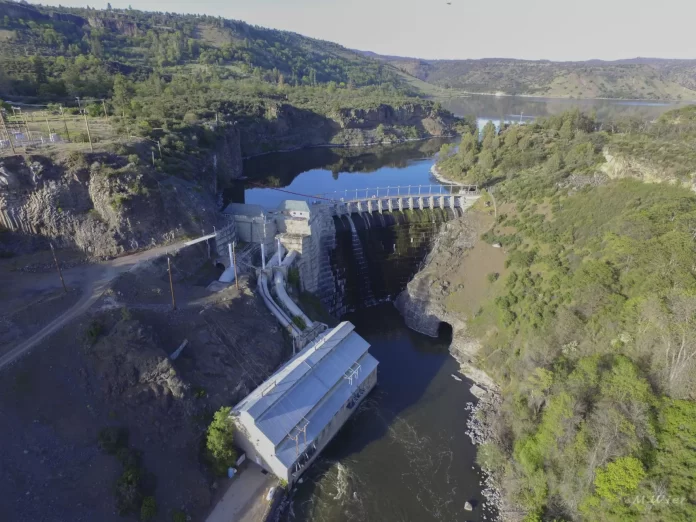Oregon Public Broadcasting | By Cassandra Profita
The four-dam teardown brings hope and uncertainty to residents in an area of Southern Oregon and Northern California where drought has made water a source of fierce controversy.
Looking down at a pool filled with Klamath River salmon swimming back to their spawning grounds, Karuk Tribal Councilor Aaron “Troy” Hockaday says he can’t wait to see what the future holds for them.
“These fish right here give me hope,” he said. “They had a long journey from the mouth of the Klamath coming up here, so right now what they’re doing is resting a little bit.”
It’s a spot at the confluence of the Klamath and Scott rivers near the Northern California town of Yreka. Hockaday comes here often to check on the salmon that are vital to his people and their culture.
Karuk Tribal Council member Aaron “Troy” Hockaday watches salmon swimming upstream near the confluence of the Klamath River and the Scott River tributary on Oct. 13, 2022.
Right now, there aren’t many salmon for the Karuk and other area tribes to catch. That’s because hundreds of miles of salmon spawning habitat are blocked by four dams on the lower Klamath River.
But an historic decision made on Thursday in Washington, D.C. holds the promise to change that. The Federal Energy Regulatory Commission’s approval of removing those four dams should set free a huge stretch of one of the West’s most important coastal rivers for salmon and reopen 400 miles of habitat — much of which salmon have been unable to reach for more than a century.
“It’s gonna be one of the best things for our fish and our fisheries,” Hockaday said. “It’s been a long, long journey to get to where we are today.”





